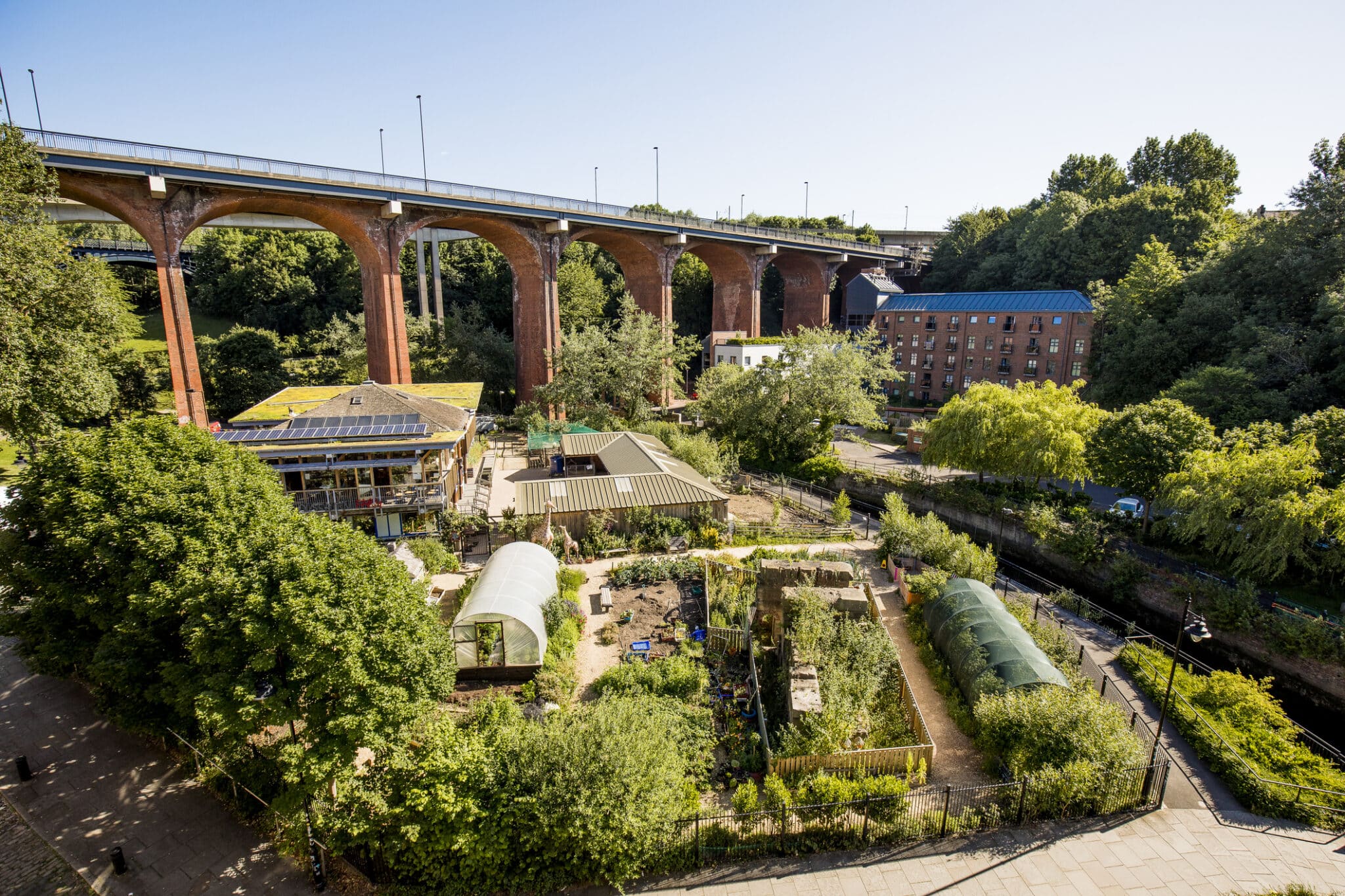City Blooming Can Be Fun For Everyone
City Blooming Can Be Fun For Everyone
Blog Article
City Blooming Fundamentals Explained
Table of ContentsThe Main Principles Of City Blooming The Ultimate Guide To City BloomingCity Blooming - TruthsSome Known Incorrect Statements About City Blooming The Basic Principles Of City Blooming
Fascinated in expanding food available in the City of Chicago? Thinking of beginning an area yard? Changes to the Chicago Zoning Regulation enable farming usages like neighborhood gardens and city ranches in lots of parts of the city. Below is a listing of often asked questions regarding the policies and regulations that farmers must consider when intending a city agriculture job.
The zoning amendment does not customize any kind of other codes taking care of composting, building licenses, acquiring or renting City had home, organization licenses or environmental contamination. There are existing codes that control these concerns and they continue to be completely impact and may apply to your task. Area yards are usually had or handled by public entities, civic organizations or community-based organizations and kept by volunteers.
Urban farms expand food that is meant to be offered, either on a not-for-profit or for-profit basis. Due to their commercial purpose, urban farms require a company certificate.
The Of City Blooming
Composting is permitted however only for plant material that is produced and used on website. The quantity of garden compost material can not exceed 25 cubic backyards at any given time according to the standards in 7-28-715 of the City's Municipal Code. Yes. Because the soil at most new garden websites needs changing, garden compost, dirt, wood chips, or various other materials can be gotten to create or boost the growing space - balcony and patio garden design.

If a structure authorization is required after that the hoophouse will certainly be considered an accessory structure. You can figure out more concerning the structure permit requirements by getting in touch with the Division of Structures. The 25,000-square-foot dimension limit is meant to protect against a solitary community garden from dominating a given block or taking away from the block's existing domestic or industrial personality.
The restriction does not put on yards situated in Public Open Space (POS) areas. Can there be greater than one area garden that is 25,000 square feet on a solitary block? Yes. The dimension limit puts on specific gardens, not to individual blocks. No. Secure fencing is not called for, nevertheless, gardens that have huge parking lot might be needed to set up secure fencing or other landscaping functions.
What Does City Blooming Mean?
B1 & B2 districts call for that all business usage tasks be carried out inside. R areas limit industrial activity. The guidelines show the purpose and intent of the Zoning Code. Is fence needed for urban ranches? Yes. Fencings may be needed, in addition to landscaping and screening, for specific parking lot and exterior work or storage locations relying on area and the particular activity occurring.
Yes. Urban farms require building permits and zoning authorizations before building and construction. Other types of city evaluation may be called for depending on details structures, tasks, size, landscaping, licensing, public heath and stormwater administration issues. A number of these requirements are identified in the job layout or allowing procedure, nevertheless, the applicant may be responsible to separately identify specific licenses or permits that might be required.
Yes. The kind of permit is established by what is occurring at the website. The Department of Organization Matters and Consumer Defense can aid determine the specific sort of company certificate that's called for. Yes. Off road parking is needed for most industrial projects in Chicago. The needed number of parking spaces is based upon the number of staff members working on website and not the square video footage of the expanding area.
The Only Guide for City Blooming

Yes. A city farm can offer compost product created on site, nonetheless, the procedure must conform with the laws in 7-28-715 of the Chicago Municipal Code. Yes. Aquaponic systems are allowed indoors on urban farms in several zoning districts. However, a zoning testimonial and building authorization is called for in order to mount structures or systems and a company permit is required as described above.
Up to 5 official website hives or colonies of honey bees might be maintained as an accessory usage. Nonetheless, beekeepers need to register with the Illinois Department of Agriculture. To find out more about the proposed zoning amendment you might speak to the Division of Real Estate and Economic Advancement, Bureau of Planning and Zoning at 312.744.8563.
, which takes place in country locations at the edge of suburbs.
Excitement About City Blooming
It can involve a movement of natural cultivators, "foodies" and "locavores", that look for to develop socials media based on a common ethos of nature and area holism. These networks can establish using official institutional support, coming to be integrated into regional town as a "change town" activity for sustainable city development.
In either situation, the more direct accessibility to fresh veggie, fruit, and meat products that may be become aware through metropolitan farming can enhance food security and food safety and security while lowering food miles, bring about lower greenhouse gas discharges, therefore adding to climate change mitigation. Some of the very first proof of city agriculture comes from Mesopotamia.
Report this page